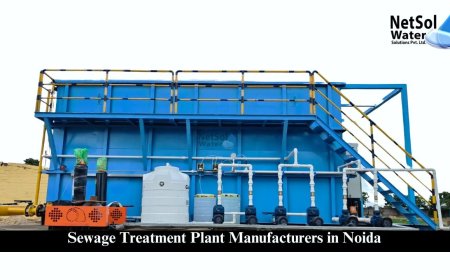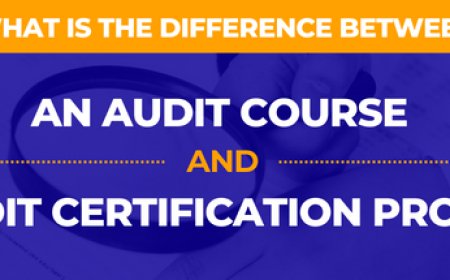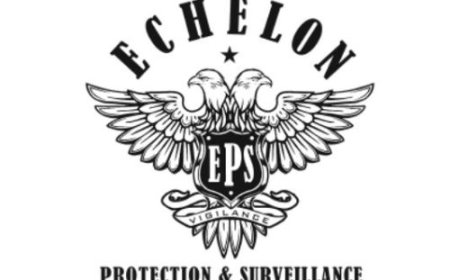CDR Report Writing Made Easy – A Complete Guide for Migrating Engineers
Confused about CDR writing? Learn how a CDR Report Writer and CDR Writer Australia expert can help you submit a perfect CDR for Engineers Australia.

Your step-by-step path to getting it right the first time
So Youre Ready to Migrate to Australia as an Engineer?
Thats a big stepand an exciting one. But like most engineers Ive spoken to, you might be wondering: What is a CDR, and how do I write one that actually gets approved by Engineers Australia?
If you're asking yourself that right now, youre in the right place.
In this guide, Ill walk you through everything you need to know about CDR report writing, in the simplest way possible. And if it still feels like too much, Ill explain how working with a professional CDR Report Writer or trusted CDR Writer Australia expert can save you time and stress.
Lets get into it.
What Is a CDR?
CDR stands for Competency Demonstration Report. Its a set of documents that engineers submit to Engineers Australia when applying for migration under the skilled visa programs (like subclass 189, 190, or 491).
If your engineering qualification isnt from a country under the Washington Accord, Sydney Accord, or Dublin Accord, Engineers Australia asks for a CDR to assess your skills and work experience.
Your CDR shows how your background matches whats expected from an engineer in Australia.
Whats Included in a CDR?
A complete CDR consists of:
1. Three Career Episodes
Each Career Episode is a real project or task from your work history. You write about what the project was, what you did, and how you applied engineering skills.
Use I and keep the focus on your individual contribution.
2. Summary Statement
This is where you link the content from your Career Episodes to specific competencies required by Engineers Australia. Its like a map showing how your experience proves youre a skilled engineer.
This is one area where many engineers get stuckand where a CDR Writer Australia can really help.
3. CPD List (Continuing Professional Development)
This is a list of courses, training, workshops, and reading you've done to keep your knowledge up to date. Engineers Australia wants to see that youre actively learning.
Why Is CDR Writing So Hard?
Heres the truth: writing a CDR is not like writing a resume or a university report. You need to:
-
Explain technical projects in plain English
-
Show personal responsibility clearly
-
Follow strict formatting and assessment guidelines
-
Avoid plagiarism at all costs
Many engineers feel stuck, especially if English isnt their first language. And thats totally understandable.
This is where a CDR Report Writer can guide you. These professionals understand both engineering and the CDR process, and theyll help you build a report thats clear, compliant, and based entirely on your real experience.
Steps to Write Your Own CDR Report
Want to try writing your CDR by yourself first? Heres a simple step-by-step guide:
Step 1: Choose Your Career Episodes
Pick three projects where you had an active role. These can come from:
-
Work experience
-
Academic projects (if you're a recent graduate)
-
Internships or industry placements
Make sure you remember the detailslike challenges faced, technologies used, and your decision-making.
Step 2: Write Each Episode Clearly
Structure each Career Episode like this:
-
Introduction: Project name, date, location, your role
-
Background: The context of the project or task
-
Personal Engineering Activity: What you did, how you solved problems
-
Summary: Key achievements and results
Step 3: Build the Summary Statement
Now match parts of your Career Episodes to each competency required by Engineers Australia. Use the Summary Statement template from the official MSA booklet.
This part is tricky. A CDR Writer Australia expert can help you get it right without misalignment.
Step 4: Add Your CPD List
Just make a clear table with dates, titles of activities, and hours spent learning. Keep it honest and relevant.
News Update: Engineers Australia Tightens CDR Review Process
In 2025, Engineers Australia reported an increase in rejected CDRs due to plagiarism, lack of detail, and unclear personal roles. They now use advanced plagiarism checkers and stricter review procedures.
Because of this, writing a genuine and personalized CDR has become more important than ever.
This is also why many engineers now prefer working with experienced CDR Report Writers who know exactly how to meet current expectations without shortcuts or copy-paste content.
When Should You Get Help from a CDR Writer?
If youre:
-
Short on time
-
Struggling with writing in English
-
Not confident about the format
-
Unsure how to structure your Summary Statement
-
Concerned about rejection or delays
Then working with a professional CDR Writer Australia is a smart move.
They wont write fake stories. Instead, theyll interview you, help you organize your thoughts, and turn your real experience into a polished, EA-compliant report. That way, you stay 100% original and 100% within the rules.
Final Tips for Success
Heres what Id say to any engineer starting their CDR journey:
-
Take your time
-
Be honest about your experience
-
Dont copy from online samples
-
Use clear, simple language
-
Ask for help if you need it
And most importantlybelieve in your own story. Youve already done the engineering work. Now its just about presenting it in the right way.
Final Words: You Can Do This
Writing a CDR report doesnt have to be stressful. Whether you write it yourself or get help from a professional CDR Writer Australia service, the goal is the sameto show Engineers Australia that you're a skilled, ethical, and capable engineer.
With the right approach and support, youre closer than you think to getting that approval and starting your engineering career in Australia.
Good luckyouve got this.



































